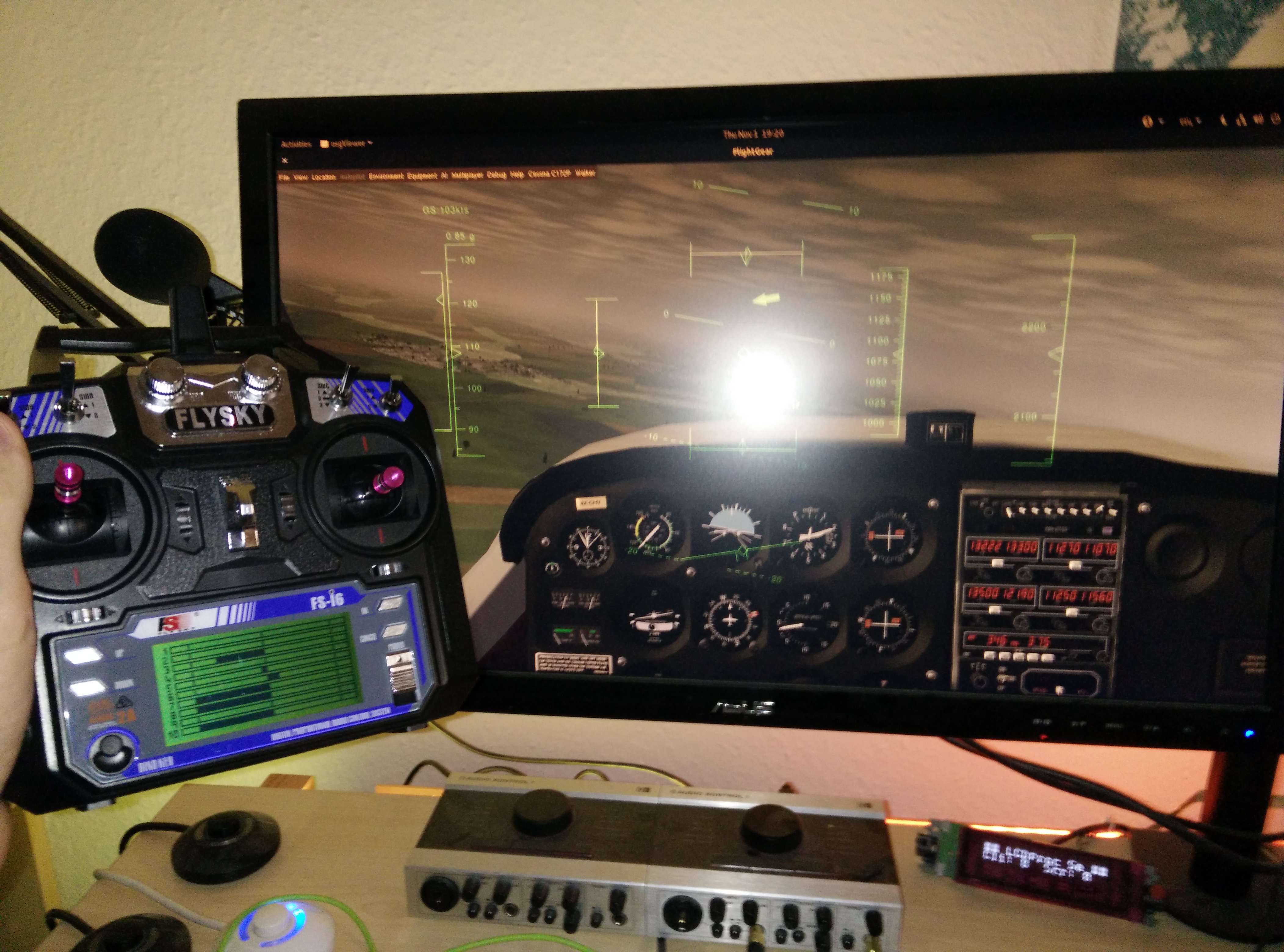

- Flightgear controls how to#
- Flightgear controls pdf#
- Flightgear controls manual#
- Flightgear controls simulator#
The PX4 configuration is in /platforms/posix/cmake/sitl_target.cmake (opens new window).

Flightgear controls manual#
Flightgear controls pdf#
There is a pop-up table that could be used for advanced features activation. Flightgear keyboard controls pdf WebSet throttle to about 25. The variants differ mainly by the FDM (opens new window) model.Īll variants have a common feature selection table that can be activated by pressing the = key on the computer keyboard. The most suitable one for UAV development is currently the Rascal RC plane (opens new window) (which also exists in multiple variants).
Flightgear controls how to#
Run the following command to create and open a working copy of the project files for this example.The FlightGear page shows how to install and use FlightGear in more detail (this page is a summary of vehicle-specific features). Potential scenarios for the HL-20 were orbital rescue of stranded astronauts, International Space Station crew exchange if the Space Shuttle orbiter was not available, observation missions, and satellite servicing missions. The proposed benefits of the HL-20 were reduced operating costs due to rapid turnaround between landing and launch, improved flight safety, and ability to land conventionally on runways. The HL-20 lifting body was developed as a low cost solution for getting to and from low Earth orbit.

HL-20 lifting body was designed to have a powered deorbiting accomplished with an onboard propulsion system while its reentry was to be nose-first, horizontal and unpowered. Designed to carry up to ten people and very little cargo, the HL-20 lifting body was to be placed in orbit either launched vertically via booster rockets or transported in the payload bay of the Space Shuttle orbiter. The HL-20, also known as personnel launch system (PLS), is a lifting body re-entry vehicle that was designed to complement the Space Shuttle orbiter. This example requires Control System Toolbox™.

In this block, you can choose a previously saved data file, a Signal Editor block, or a set of constant values. If the FlightGear interface is unavailable, you can simulate the model by closing the loop using the alternative data sources provided in the Variant block.
Flightgear controls simulator#
Visualization for this model is done via an interface to FlightGear, an open source flight simulator package. If Parallel Computing Toolbox™ is not installed, the analysis is run in serial. If Parallel Computing Toolbox™ is installed, the analysis is run in parallel. To analyze the effects of actuator failures and wind gust variation on the stability of the vehicle, use the "Run Failure Analysis in Parallel" project shortcut. The entire model simulates approach and landing flight phases using an auto-landing controller. It also includes effects of the environment, such as wind profiles for the landing phase. The vehicle model includes the aerodynamics, control logic, fault management systems (FDIR), and engine controls (FADEC). While joysticks or yokes are supported as are rudder pedals, you can fly FlightGear using the keyboard alone. This project shows how to model NASA's HL-20 lifting body with Simulink®, Stateflow® and Aerospace Blockset™ software.


 0 kommentar(er)
0 kommentar(er)
